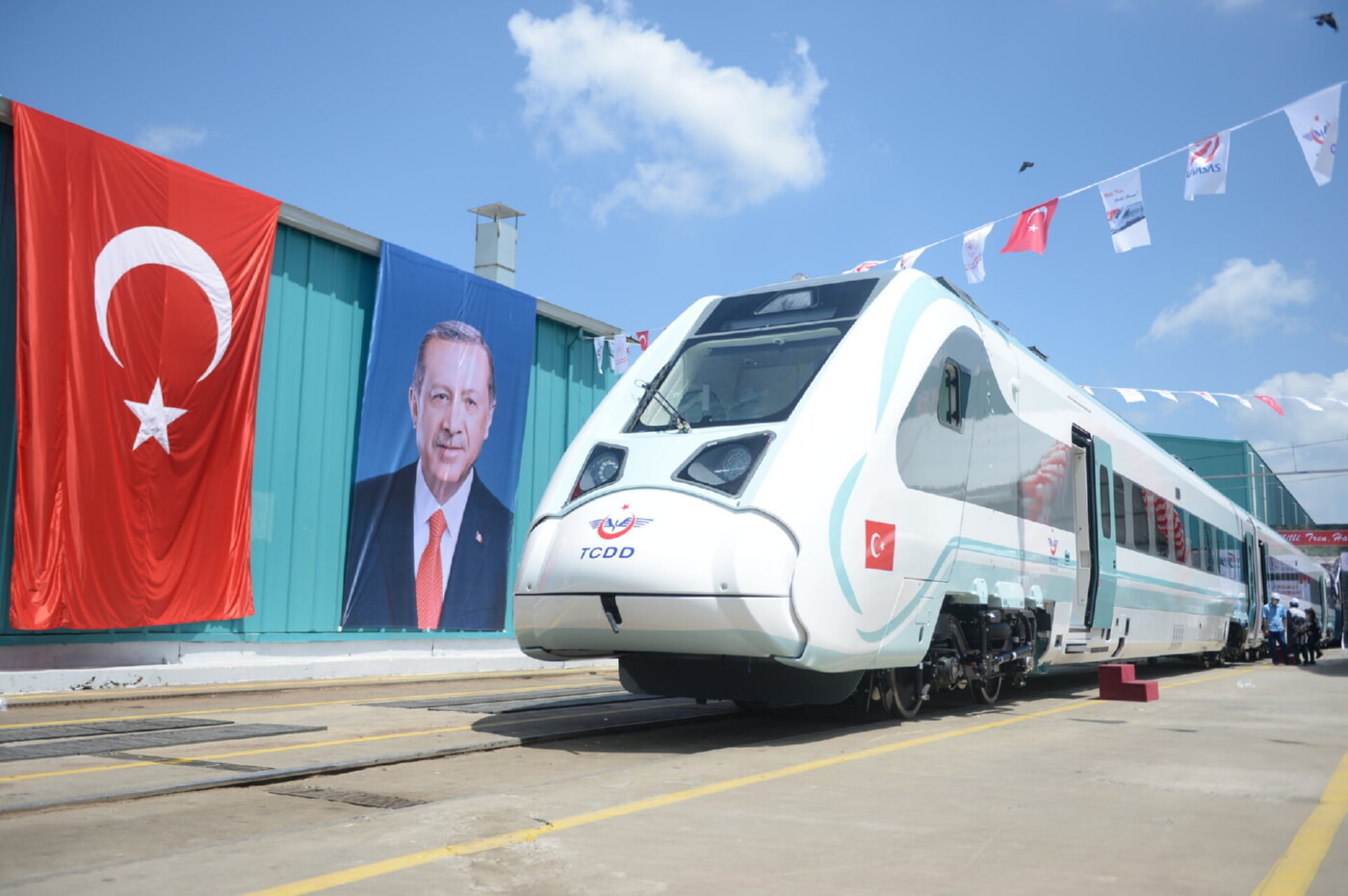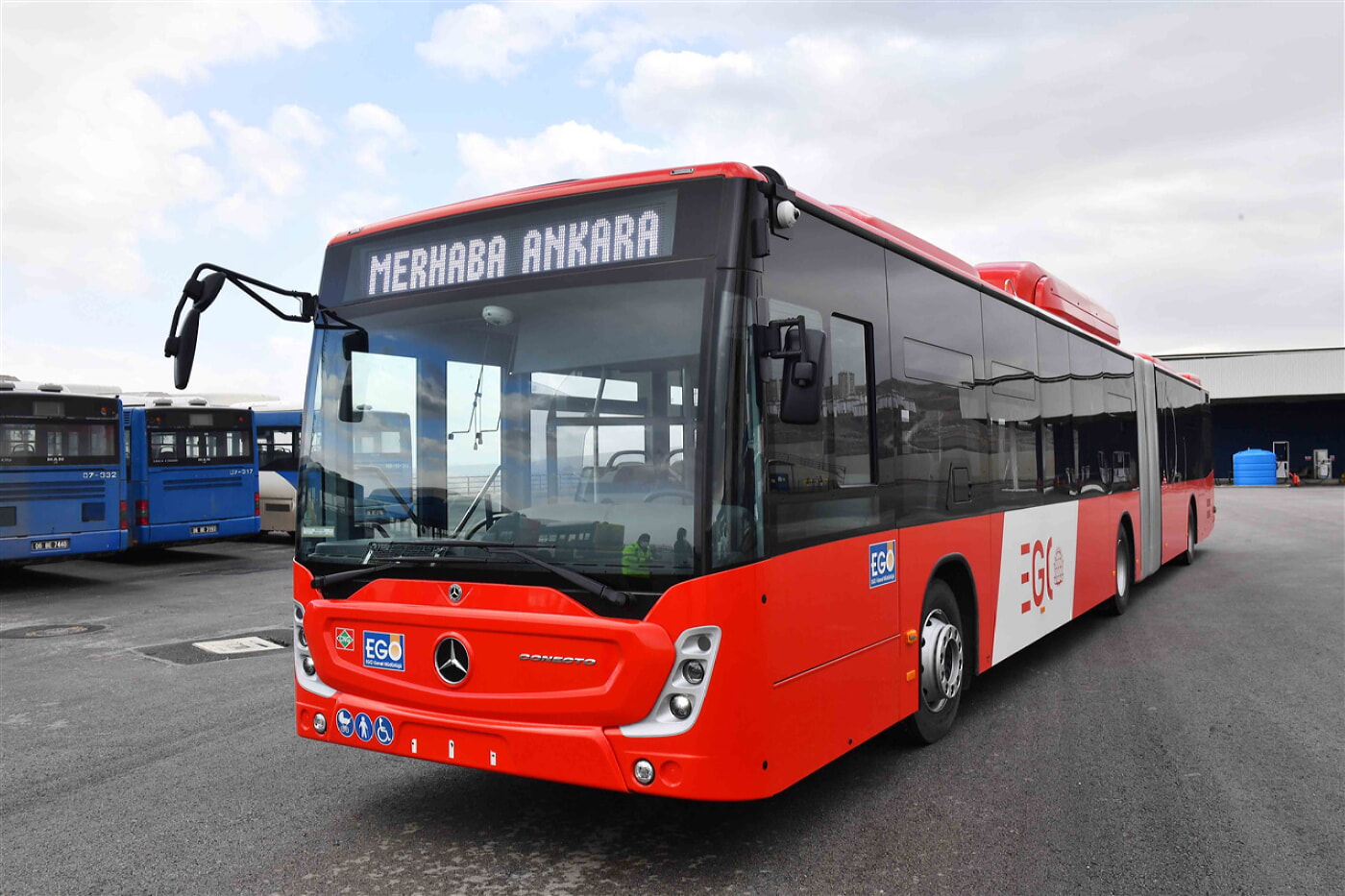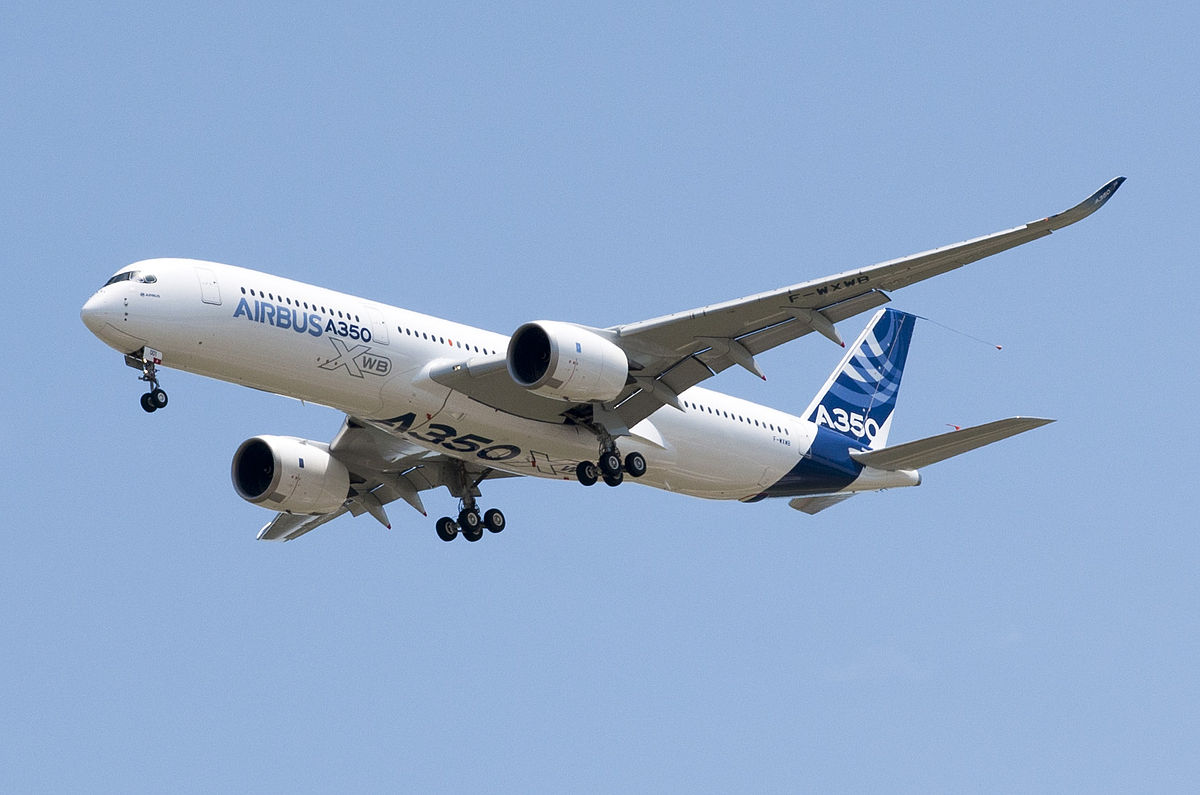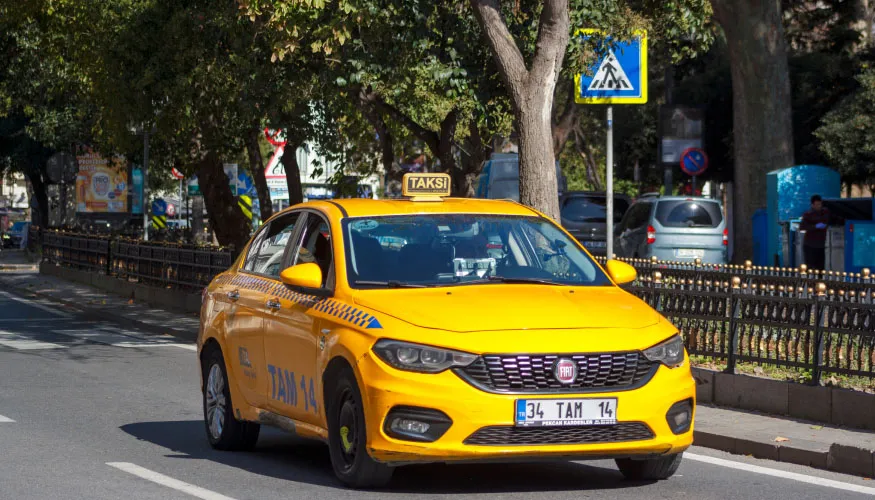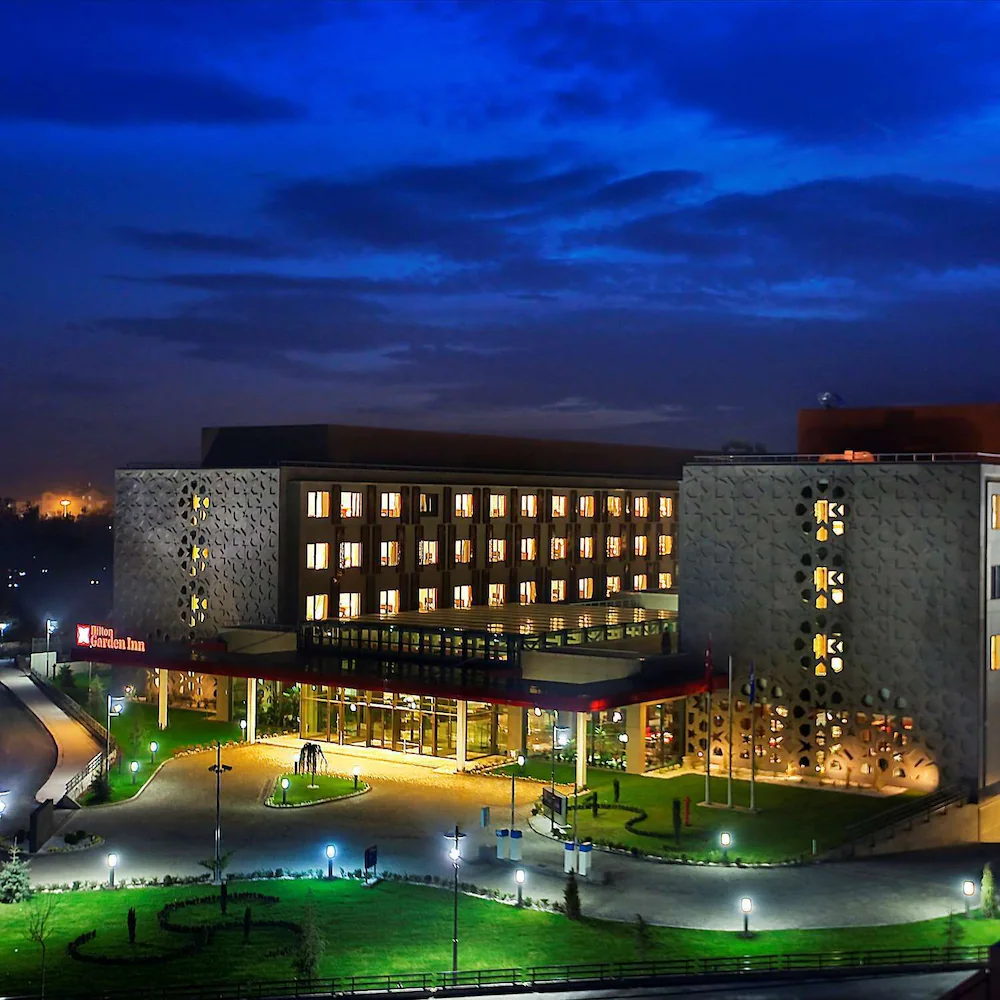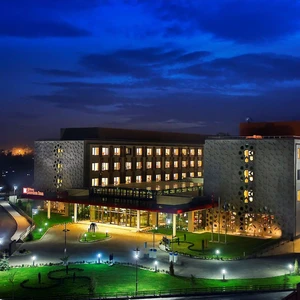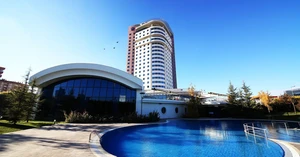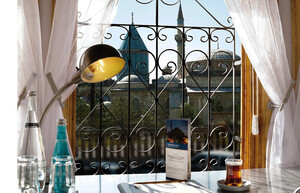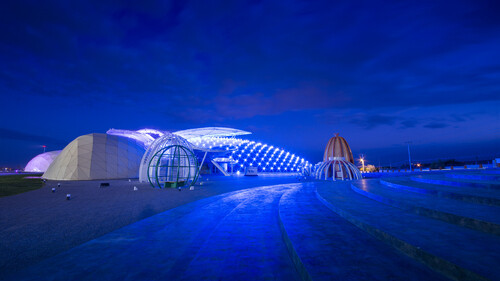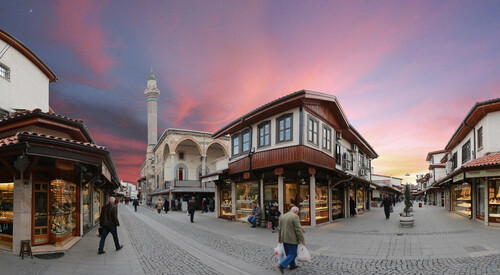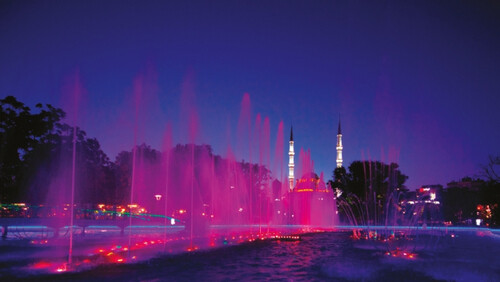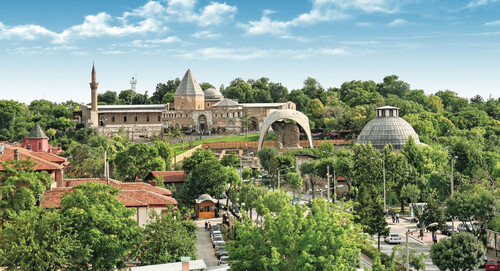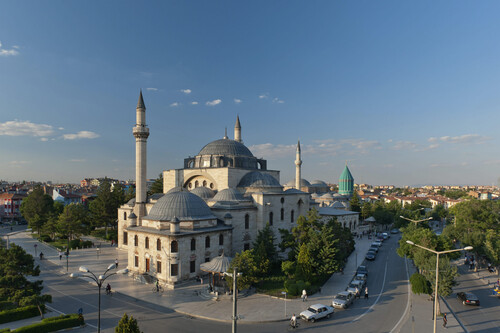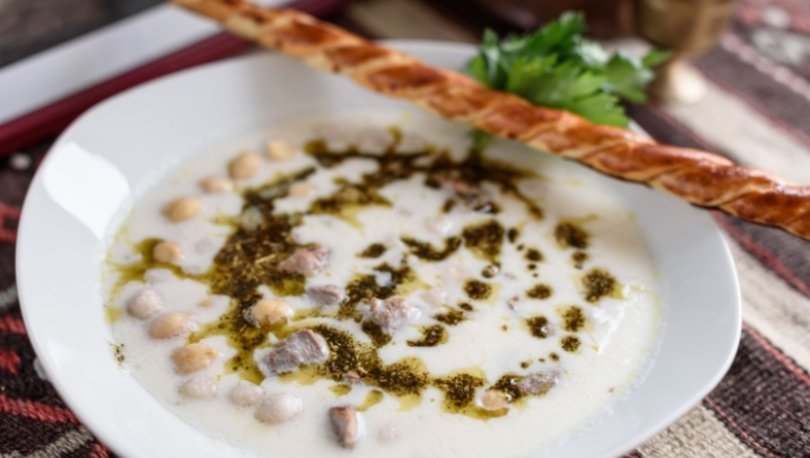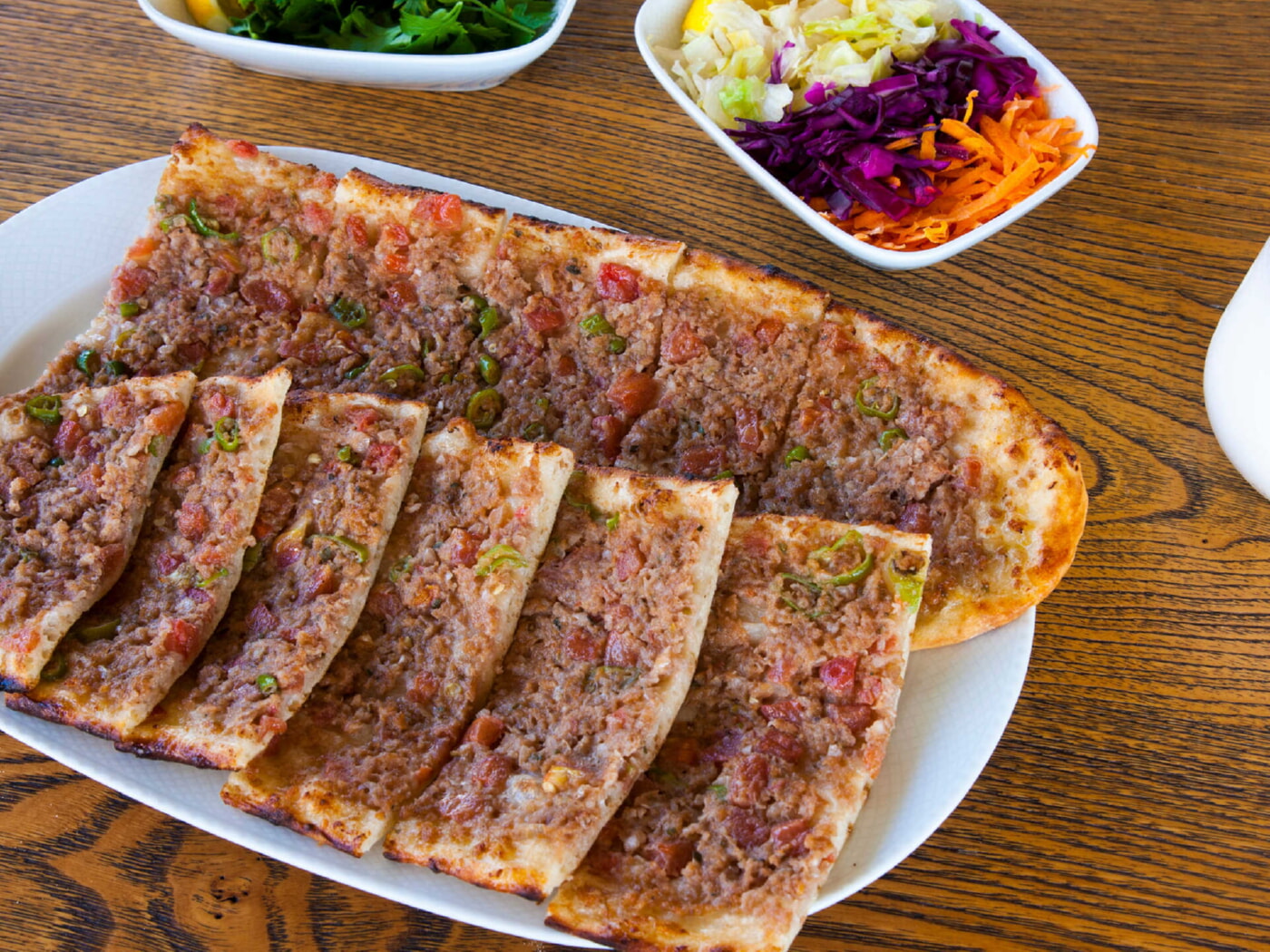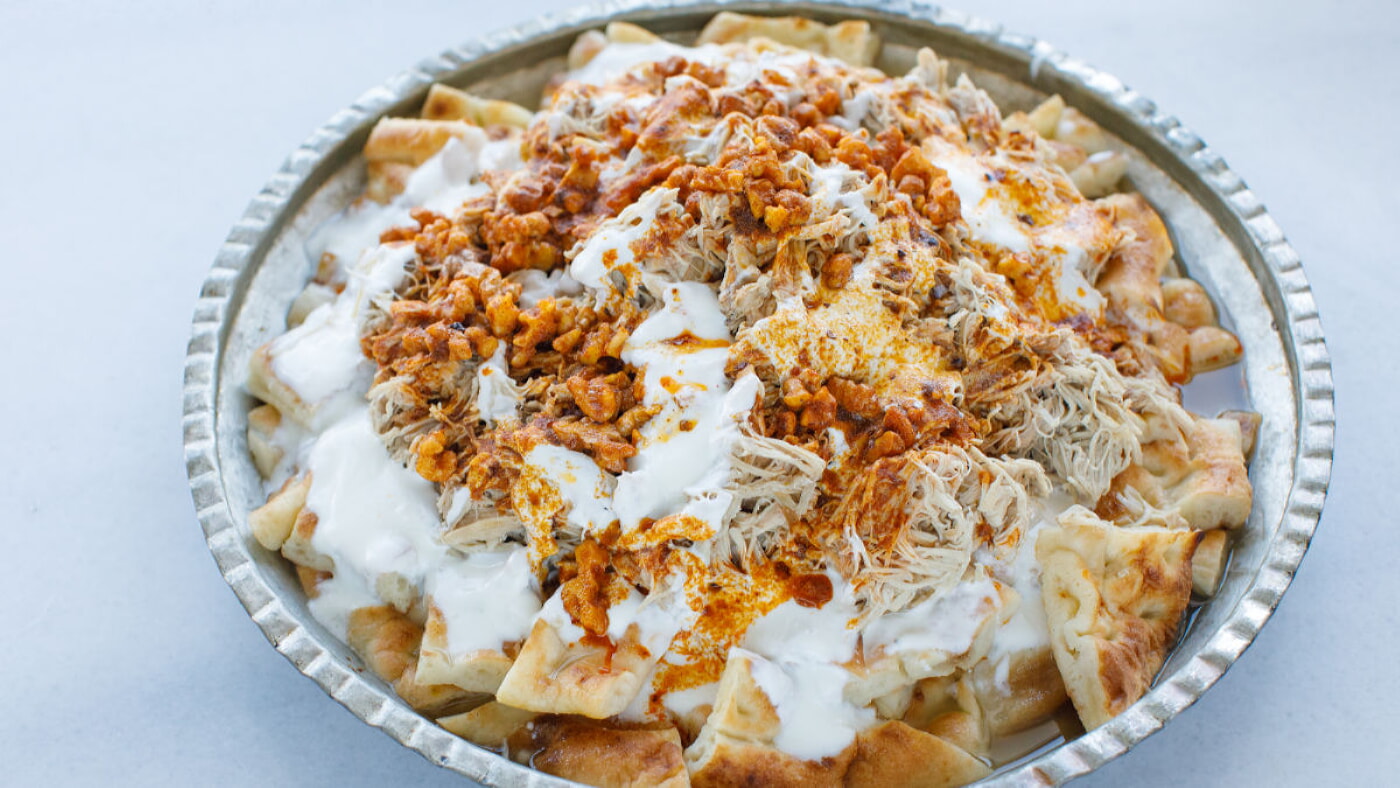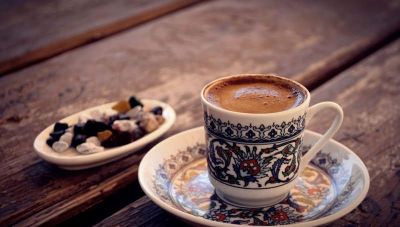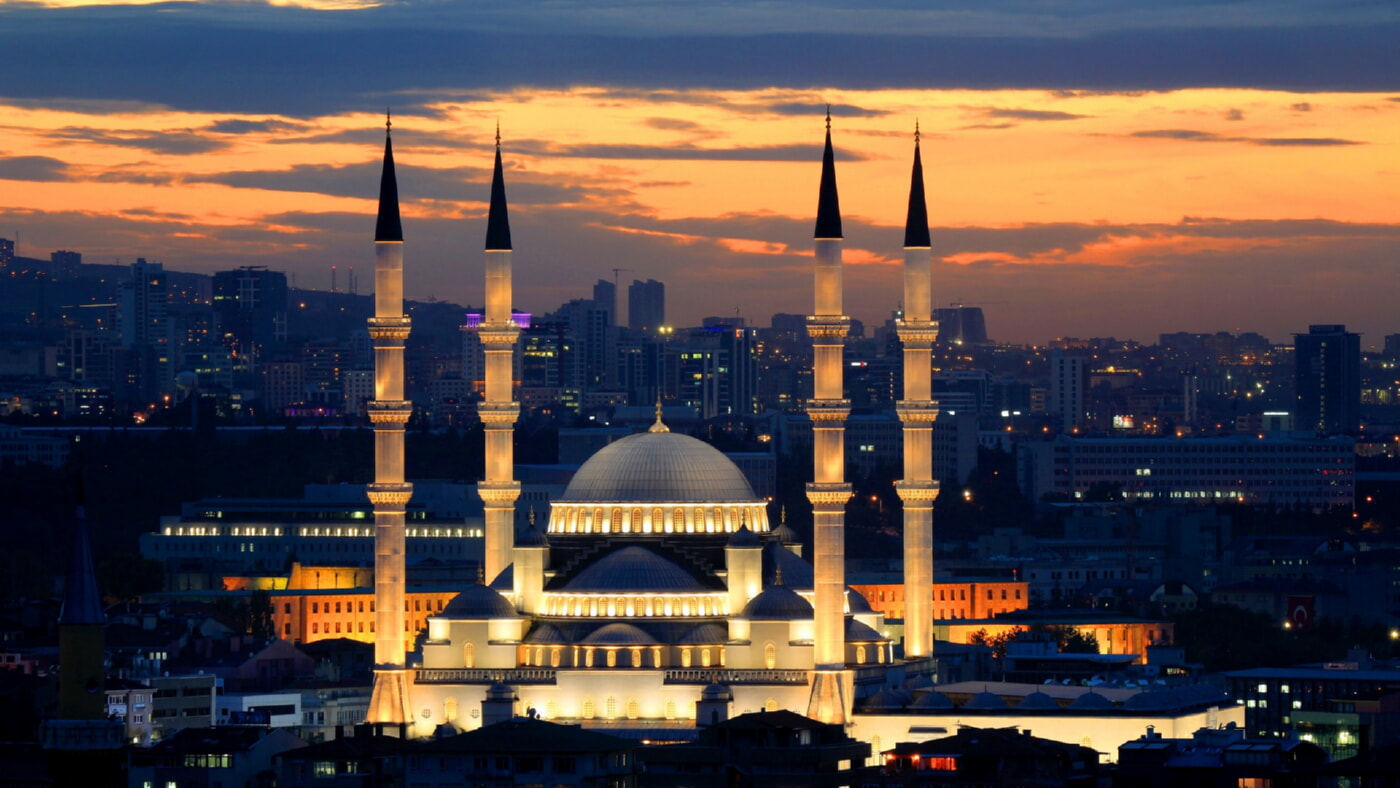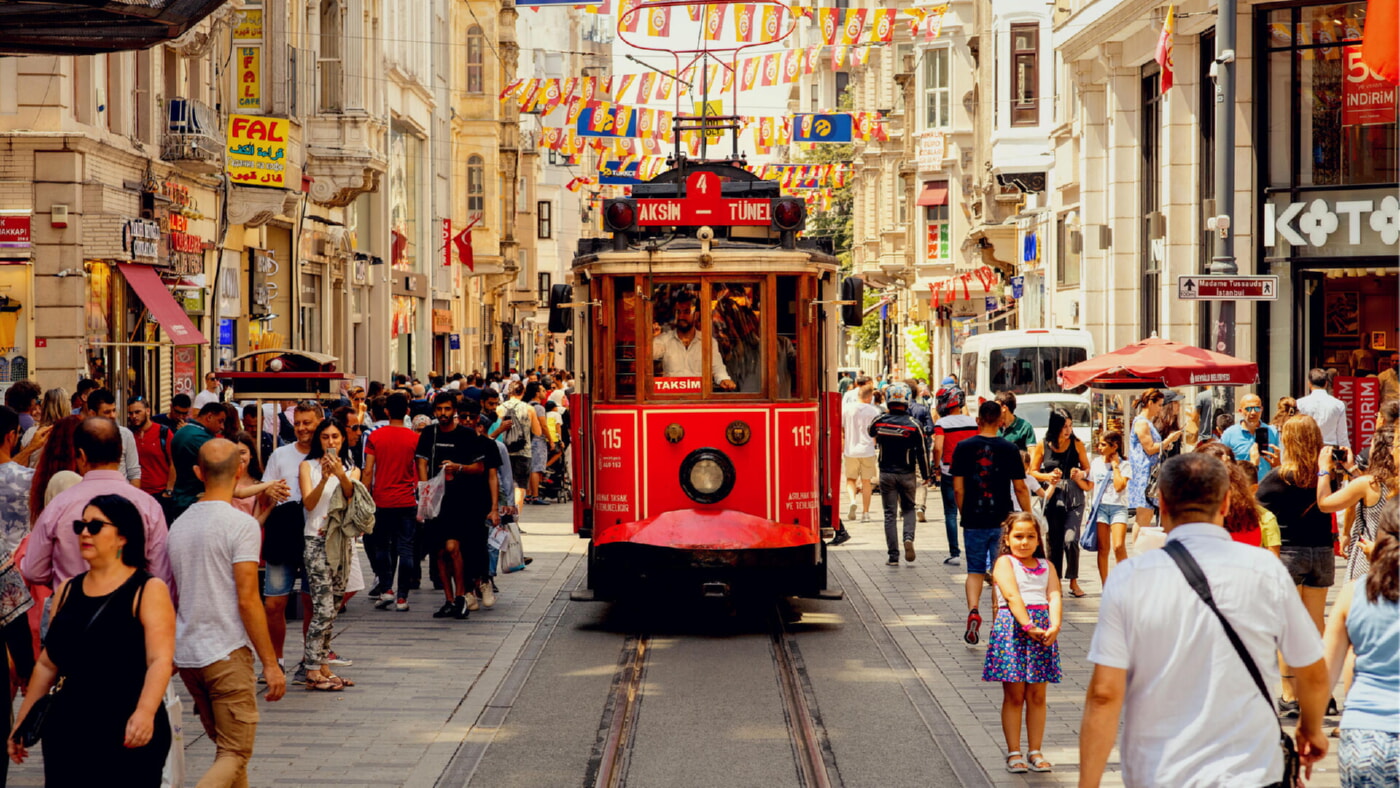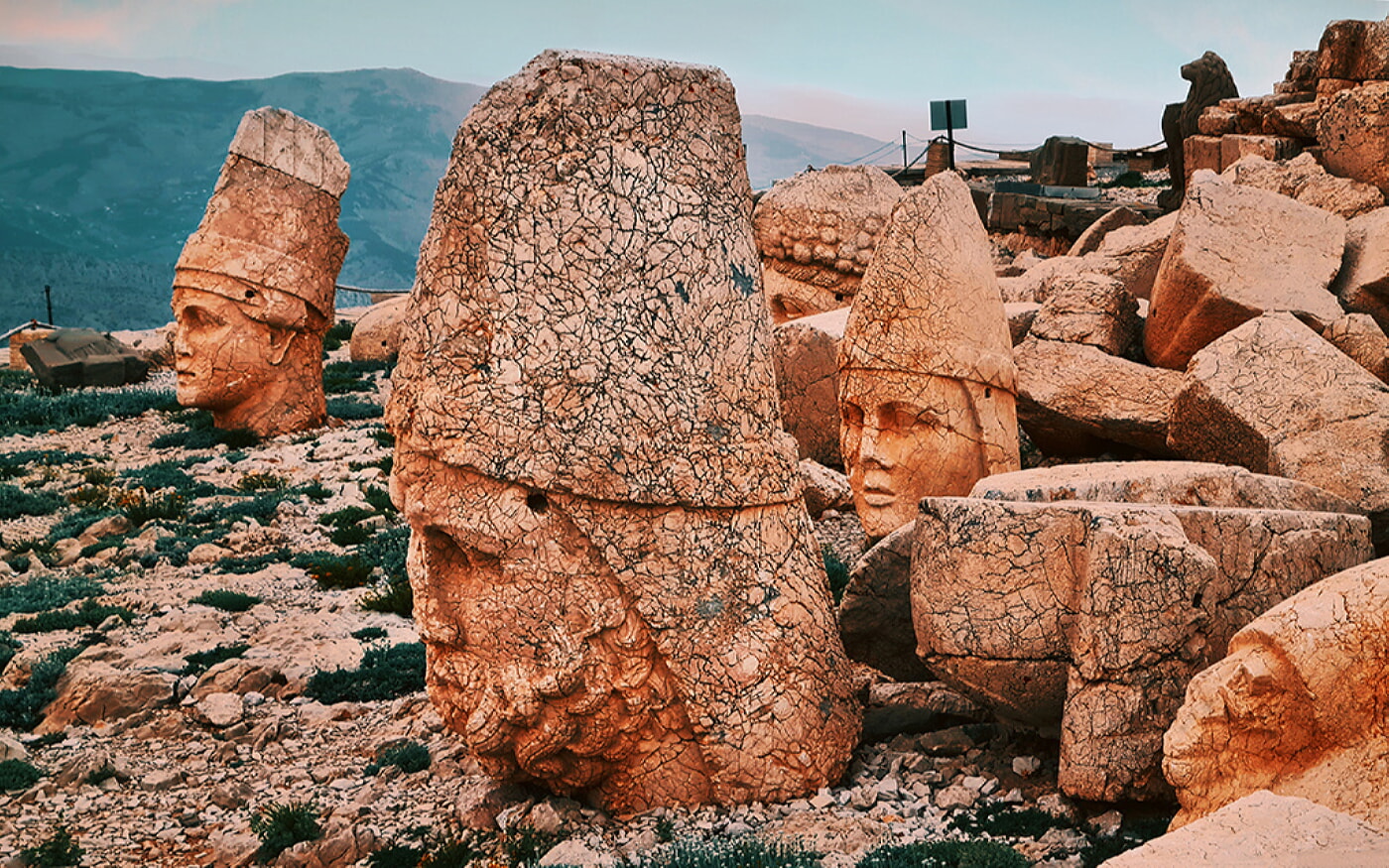Konya is one of the 10 biggest metropolis of Turkey and located in Central Anatolia Region. The city is one of the most developed agriculture and industrial city of Turkey with its fertile plains and mega factories. However, Konya plays an important role on Turkish culture and there are many important historical buildings from Seljukians and Ottoman Empire. Konya is also one of the most important cities of Turkey for agricultural activities. There are many fairs and festivals organized in the borders of the city every year.
Çatalhöyük, one of the oldest settlements in the world, has been included in the UNESCO World Heritage List. The city has been the capital of the Anatolian Seljuks. The great Sufis Hz. Mevlana’s tomb is in Konya. With more than 2 million population, Konya has become one of the most important industrial cities of the country at the last years. Thanks to the Konya International Airport, it’s very easy to visit Konya from many cities of the country. Also, Konya has high-speed train connection.
HISTORY
There are several different thoughts on how old Konya really is, but it is definitely known to be one of the most ancient settlements in Anatolia. Some excavations have shown evidence the area was inhabited during the Neolithic Period, or late Stone Age of 7000 BC, with others believing the region was first inhabited between 4000 – 3000 BC.
The city first came under the influence of the Hittites around 1500 BC. This reign only lasted until 1200 BC when Indo-European Sea People took control of the area. The area of Konya then went through several other chains of command, including; the Phrygians in the 8th century, the Xenophon, the Cimmerian invaders in 690 BC and the Persian Empire until Alexander the Great took control. After the death of Alexander the Great, like so many other towns, Konya came under the rule of Selecus I Nicator, then the king of Pergamon. However after the last king of Pergamon, Attalus III died without an heir, the empire was turned over to the Romans.
Once the Roman Empire took control of Konya, known as Iconium then, the town was visited several times by Saints Paul and Barnabas. In Christian legend, Konya is the birthplace of Saint Thecla. There is little left to indicate Konya was ever Christian, besides a few ruined churches.
During the battle of Manzikert in the 10th century, the Seljuk Turks took control of the area, and it became the capital of the Anatolian Seljuk Sultanate until the 13th century. It was through this influence, that wealth prospered in Konya throughout the 12th century and Seljuk Sultans endowed the area with great fetes of architecture. Most buildings had a distinctive Turkish style, with roots in Persian and Byzantine.
In the beginning of the 14th century after becoming an emirate, the city was captured and fell into the Ottoman Empire. By the 19th century the city had become run down and it wasn’t until a railway to Eskisehir was built in 1896, that the city was revived.

